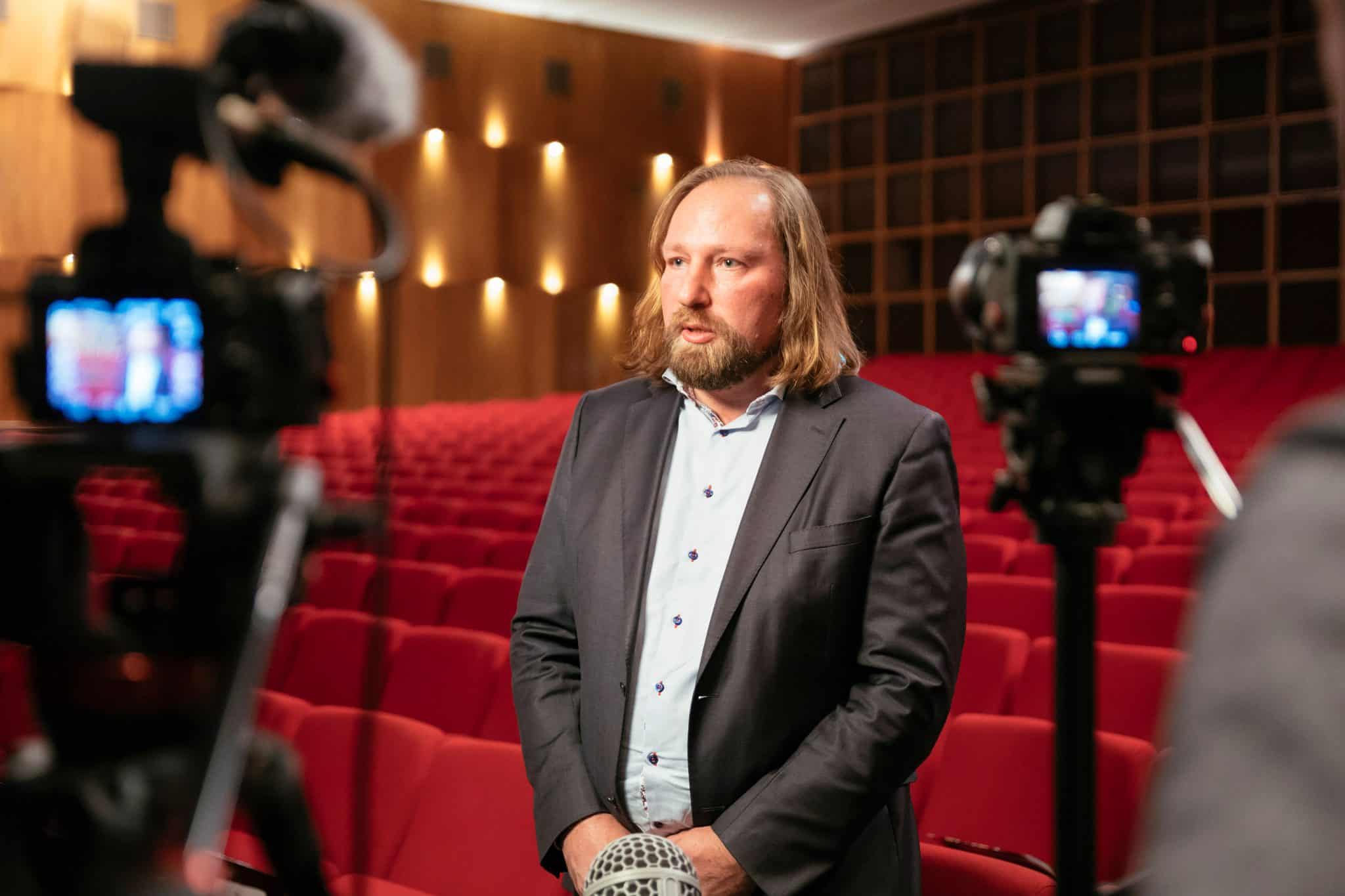
(Based on the Cradle to Cradle press release of 4 February 2020; photos by Max Arens)
Climate-friendly behaviour and economic success do not have to, and indeed must not, be mutually exclusive. That was the core message at the kick-off for the 6th International Cradle to Cradle (C2C) Congress on 31 January and 1 February in Berlin. “I am convinced that a solution for the environmental and climate problems will not weaken business”, said Germany’s Federal Environment Minister, Svenja Schulze, in her welcoming address, adding that it was “important that we talk about perspectives and opportunities.” The Cradle to Cradle approach, she said, was “very optimistic, very visionary” and thus was a step in precisely the right direction.
C2C stands for comprehensive climate protection that goes well beyond the mere reduction of greenhouse gases. As a result, the organiser of the congress, the Cradle to Cradle NGO, is calling for more ambitious goals from policymakers and the economy. Already during the design phase of products, usage scenarios must be drawn up while, during production, suitable and healthy materials must be used. “C2C also stands for climate protection. But we must leave behind the idea of striving to be less bad and say goodbye to the concept of reduction as the sole approach,” said Nora Sophie Griefahn, managing director of Cradle to Cradle.
NEW MEASURES EVERY YEAR
In her subsequent discussion with Griefahn, Sabine Nallinger (Chairwoman, Foundation 2° – German Businesses for Climate Protection) and Reinhard Schneider (CEO, Werner & Mertz GmbH), Environment Minister Schulze said it was unrealistic to consider the climate package adopted by the German government in 2019 a sufficient measure to set appropriate regulatory conditions. “We have to stay focused, keep going further every year and introduce new measures”, she said.
German companies should also face up to their responsibility for climate and the environment, Nallinger said, not least for competitive reasons. “Climate-friendly technologies present an opportunity to perform better than others in international competition”, she said. “We have to do a lot more when it comes to C2C product design, new sharing models and new organisational solutions.”
OVERCOMING CONFLICTS OF OBJECTIVE
One example is the cleaning agent manufacturer Werner & Mertz. According to its CEO, Reinhard Schneider, the company is experiencing a societal change. “For 30 years, we have been working against the misconception that sustainability also means sacrifice”, said Schneider. “Today, there are many more technologies that can help overcome this supposed conflict of goals.” This was becoming more and more accepted in society, he added.
Tim Janßen, Executive Director of the Cradle to Cradle NGO, shares this assessment. “Fortunately, climate change and climate protection are topics that have moved up on society’s priority list”, he said at the event, which was attended by around 1,000 people on Friday.
AGRICULTURE AND SOIL
On Saturday the C2C Congress once more provided a forum discussions and debates with a wide variety of topics. An important theme was agriculture and soil management – soil, after all, is an important carbon sink. In one of the panels rounds, Professor Dr Hartmut Vogtmann said: “With our knowledge, we have put guilt upon ourselves.” Vogtmann, one of the pioneering figures in the context of organic farming, explained that agriculture originally was synonymous with circular economy and biodiversity. However, he said society had left this path and, by focusing on linear growth, had entered a damaging downward spiral. Around 40 million tons of greenhouse gases, he added, were emitted in Germany every year due to the overuse of grasslands and fens.
AGRICULTURE AS A COMMON GOOD
“We need a new approach to agriculture and the role it plays in society. It’s not just about food – agriculture must be understood as a common good”, Vogtmann said. He calls for a decrease in harmful subsidies around the world, a reduction in land usage, a stop to the loss of species and a rewetting of soils, adding that this must include adjustments to land and mining regulations so that the distribution of land can be restructured.
Many other experts were invited to contribute their insights on this topic. Participants at the congress were also able to exchange their ideas about C2C in the contexts of construction, finance or plastics. Further information is available on the C2C Congress website.







 Monika Griefahn GmbH
Monika Griefahn GmbH
Leave a Reply